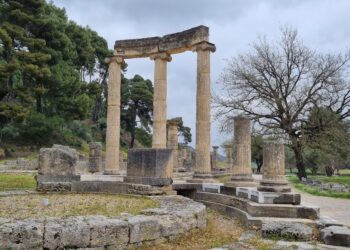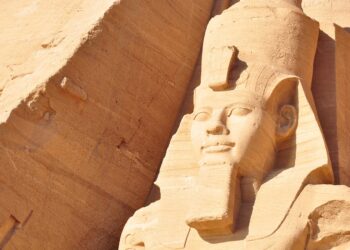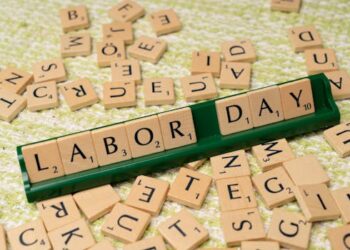The Mexican-American War claimed the lives of how many troops and civilians?
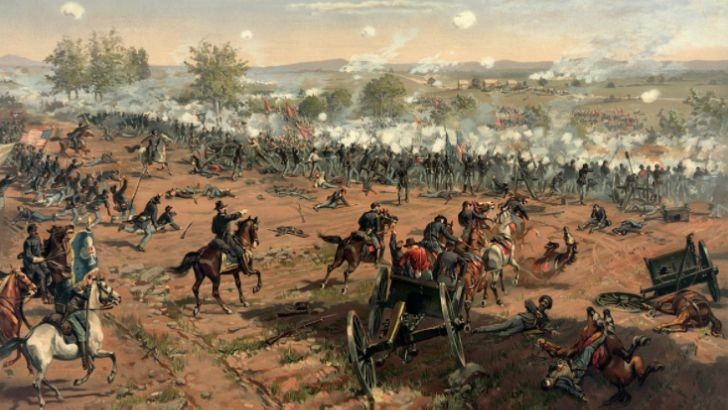
50,000
11,000
38,000
5,000
General Robert E. Lee surrendered to General Ulysses S. Grant at the ___ ending the Civil War.
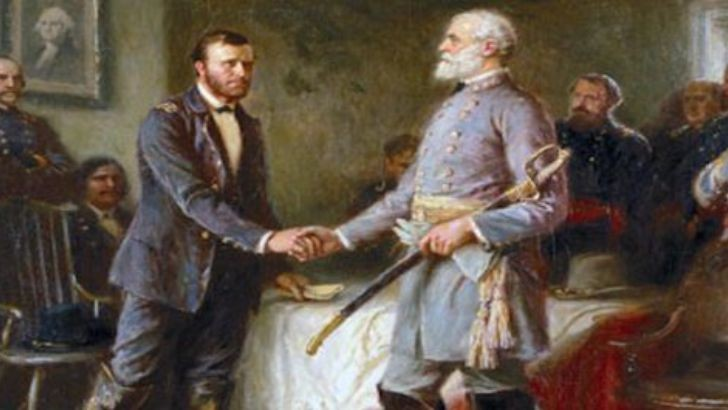
Fort Sumter
Appomattox Courthouse
Manassas National Battlefield
Shiloh Battlefield
The growth of the Khmer Rouge, an organization that perpetrated genocide in which nation?
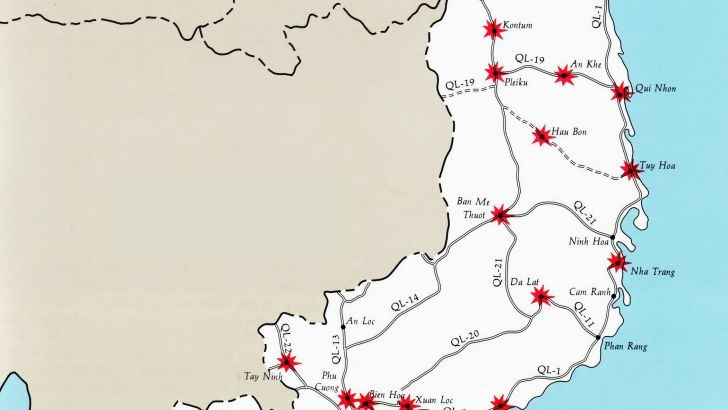
China
Cambodia
Thailand
India
In the growing rebellion, this was the location of both a massacre and a tea party. Where did it occur?
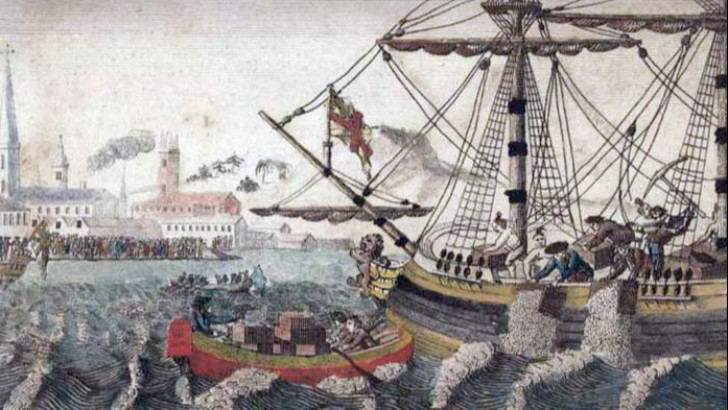
Boston
Utah
New York City
Mexico
What was World War One known as before World War Two?
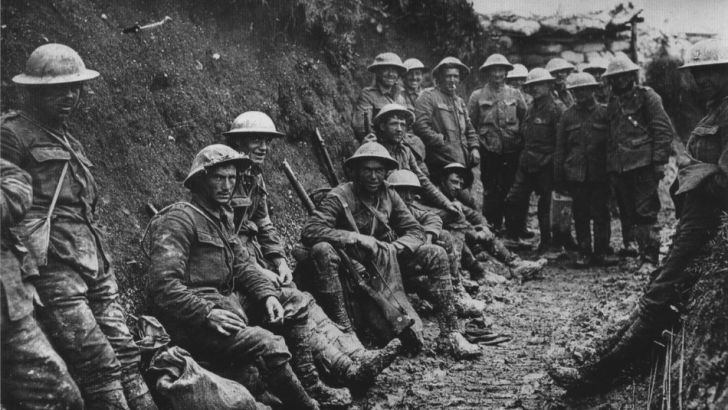
The Oil War
The Great War
The Balkan War
The Serbian Conflict
Which of the following battles was the most bloody during the whole Civil War?
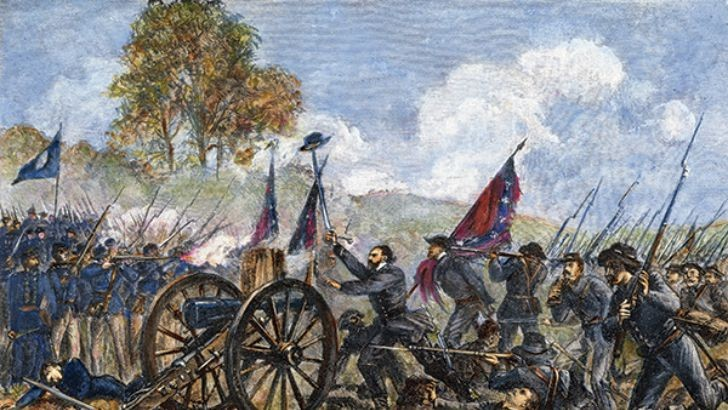
Battle of Stones River
The Battle of Gettysburg
Battle of Boston
Battle of Mexico
Who notably raised the alarm when British troops arrived in Boston in 1775 to seize arms?
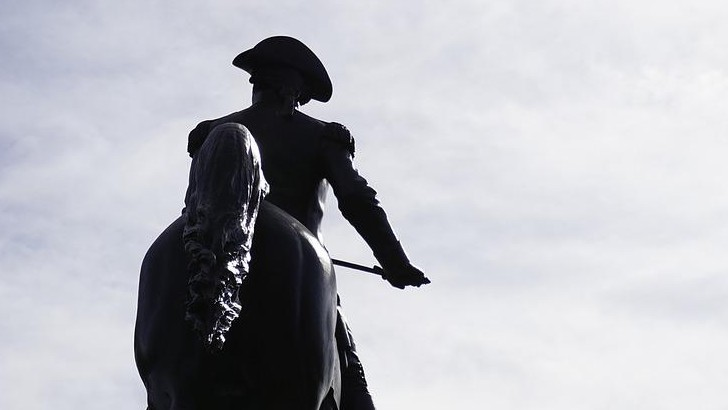
Adam Sandler
Paul Revere
Alexander Hamilton
Will Ferrell
How many men are thought to have died in the Civil War?
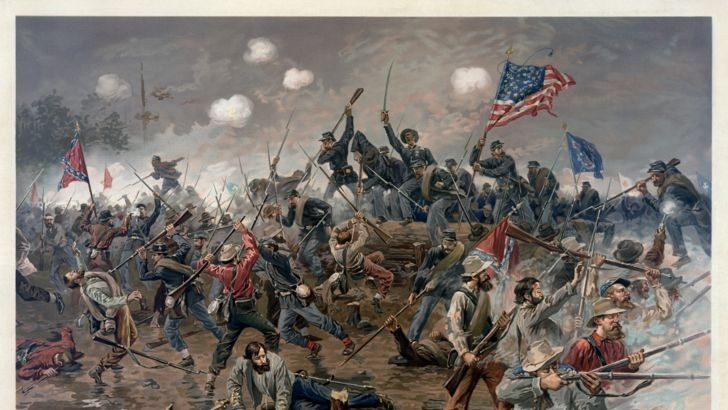
400,000
850,000
620,000
1,500,000
Following reports that American ships had been targeted, Johnson intensified American military engagement in the Vietnam War. What was the name of this incident?
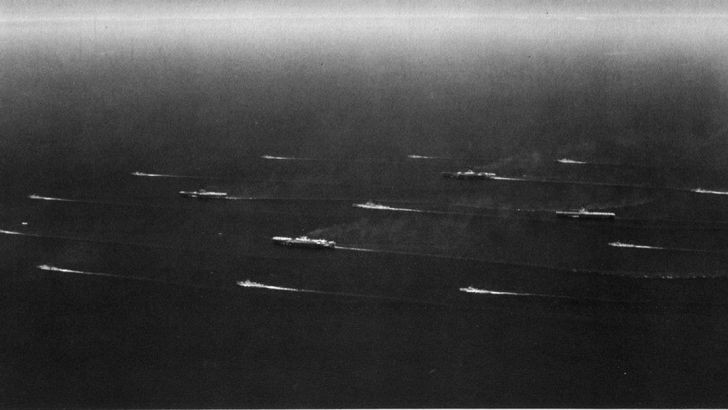
Gulf of Tonkin resolution
Dogs of War incident
Strategic Defense initiative
Straight of Marmara resolution
The Conflict of Chapultepec Memorial is a significant patriotic landmark in Mexico, commemorating teenage Mexican soldiers who died in the battle. Which US president lay a wreath at the memorial nearly a century later?
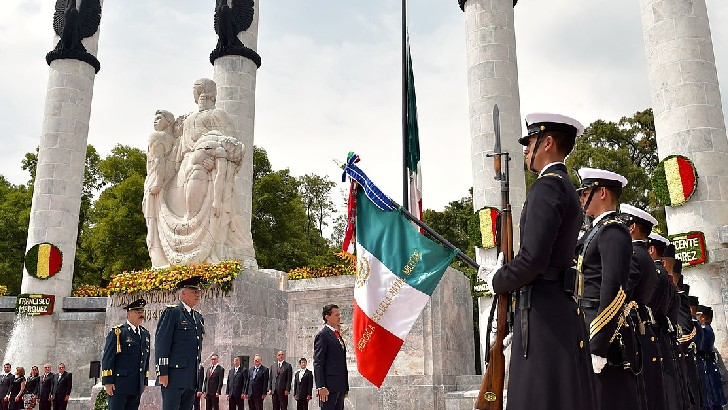
Dwight D. Eisenhower
Herbert Hoover
Harry S. Truman
Franklin Delano Roosevelt
Allied soldiers invaded what location during Operation Neptune, often known as D-Day?
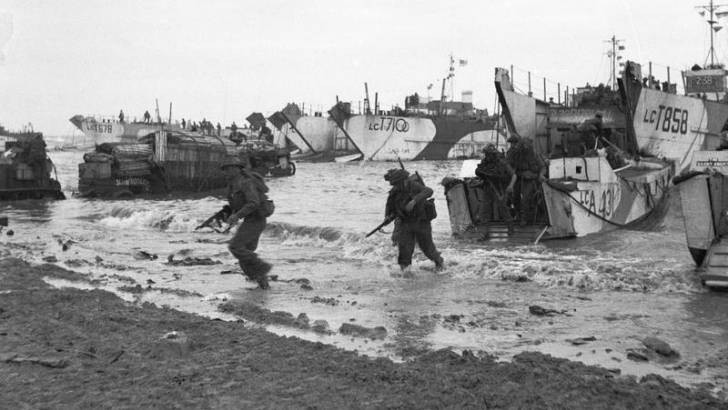
The Rhineland
The Potomac
Normandy
The Sudetenland
Sherman’s approach was known as the “Hard War.” What were the rules he followed?
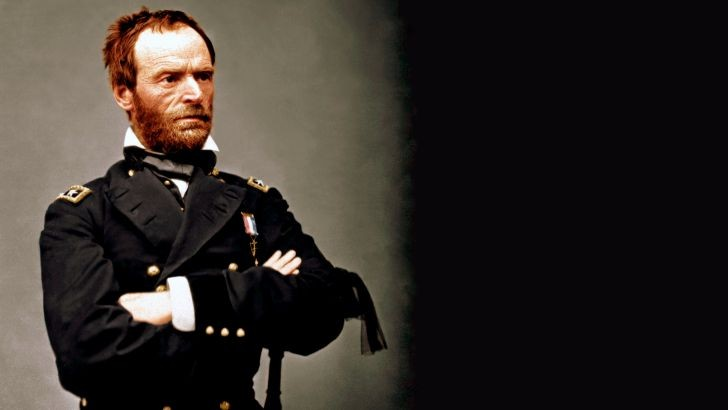
Slaughtering Livestock
Killing Civilians
Looting Towns
All of the Above
The Vietnam War was fought between North and South Vietnam, with several countries on both sides supporting them. Who was the South’s most ardent supporter?
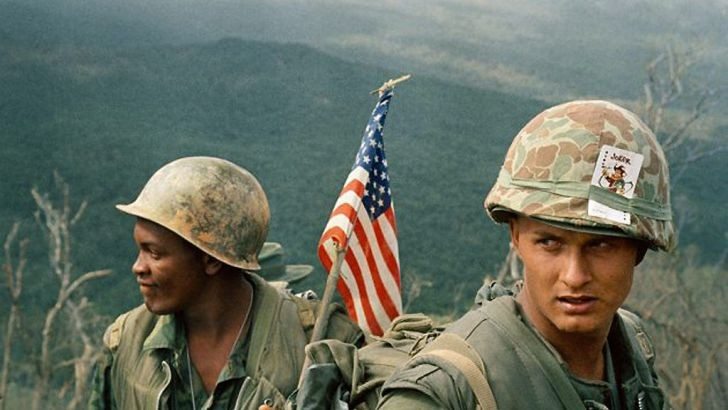
The United States
South Korea
Taiwan
The Soviet Union
Because he led the Union to so many victories, this General was dubbed “The Butcher” during the war.
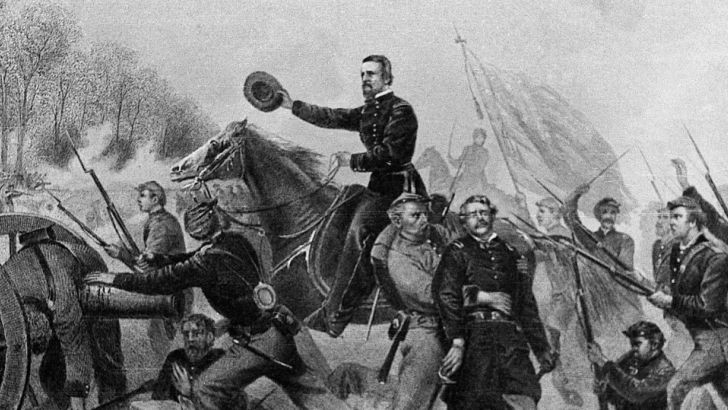
Ulysses S. Grant
George Bush
Robert Anderson
Abner Singleday
One of the first effective American strikes was the Doolittle Raid. What was the target country?
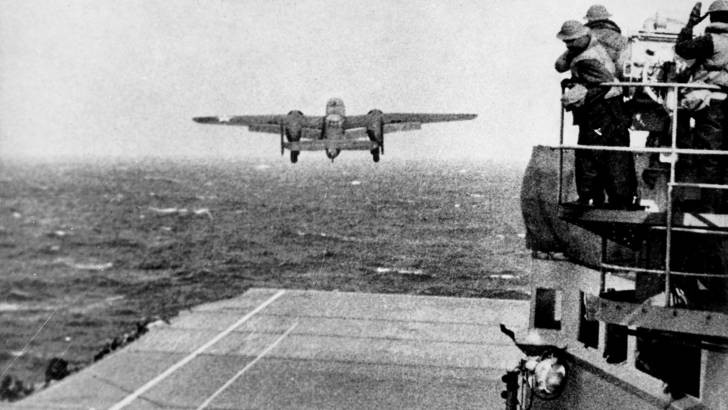
France
Germany
Japan
Russia
Black and white American soldiers participated in what during World War II:
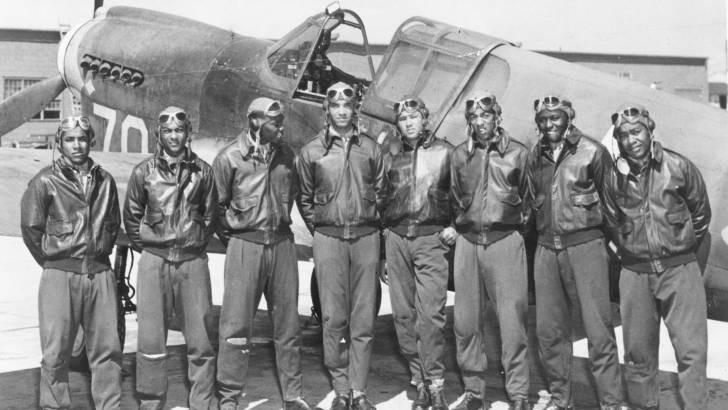
Segregated units
Separate campaigns
Separate military branches
Integrated units
During WWI, which of these military weapons was not used?
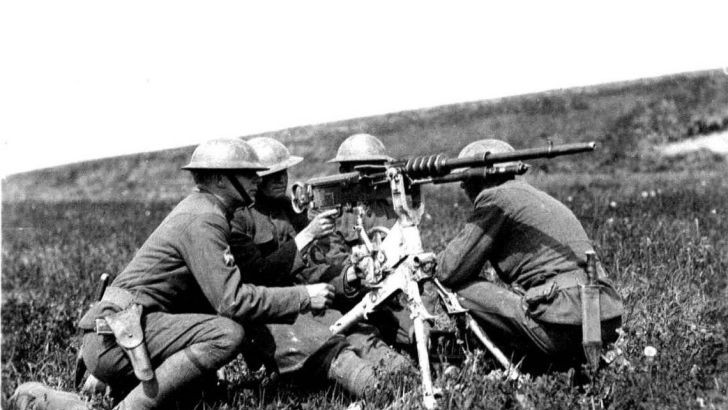
Machine guns
Chemical weapons
Nuclear weapons
Trench warfare
What peace treaty brought the Revolutionary War to a close?
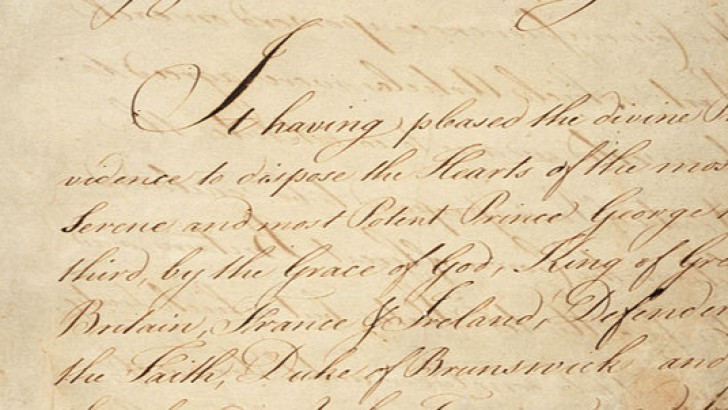
Treaty of Boston
Treaty of Paris
Treaty of Peace
Treaty of Danger
Who is this person, designated Continental Army commander in 1775?
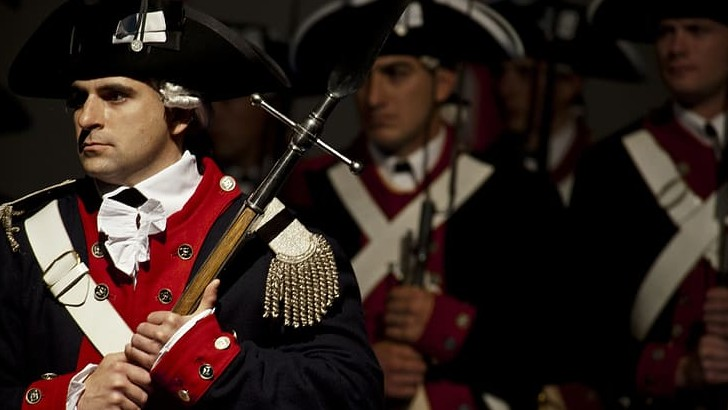
Samuel Adams
George Washington
Lin Miranda
Thomas Aquinas
Many troops suffered from post-traumatic stress disorder (PTSD) after returning from battle. What was the medical terminology at the time?
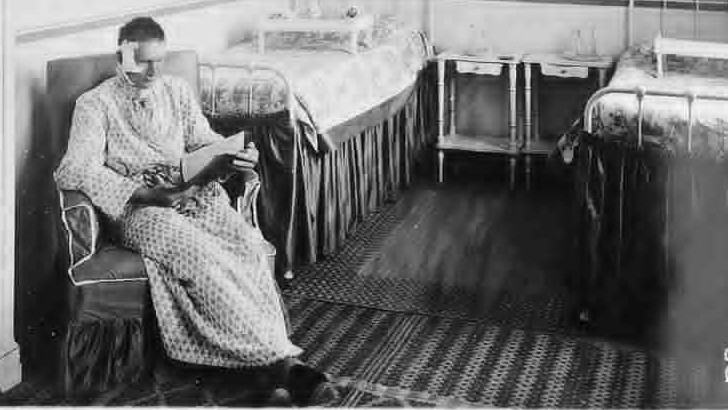
Shell shock
Cowards
Trench Shock
War fever
In December of 1776, what river did Washington famously cross twice?
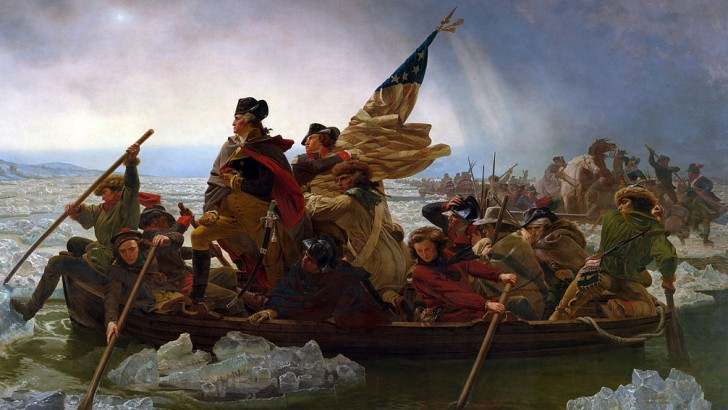
Potomac River
Mississippi River
Delaware River
Nile River
Which global war was the Vietnam War a proxy for?
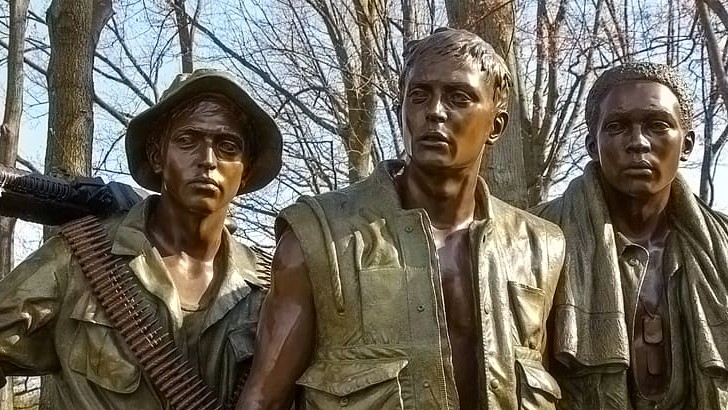
The Cold War
World War II
The Iran War
The Chinese Revolution
The Vietnam War is commonly referred to as the Second Indochina War in the United States. Who fought In the First Indochina War?
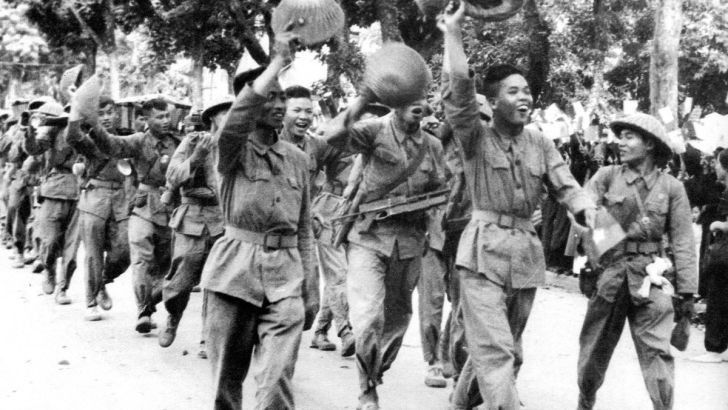
Germany and South Vietnam
The United States and North Vietnam
The Viet Minh and France
The Viet Cong and Russia
After spying for the British, which man’s name became associated with “traitor”?
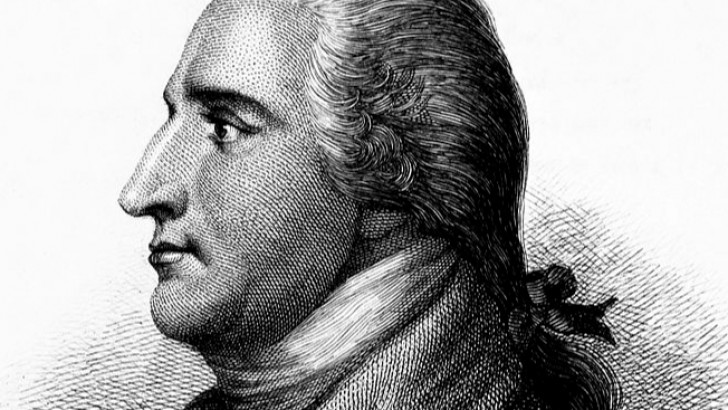
Benedict Arnold
John Burnogne
Paul Revere
Peter Adams
The Battle of Gettysburg lasted for how long?
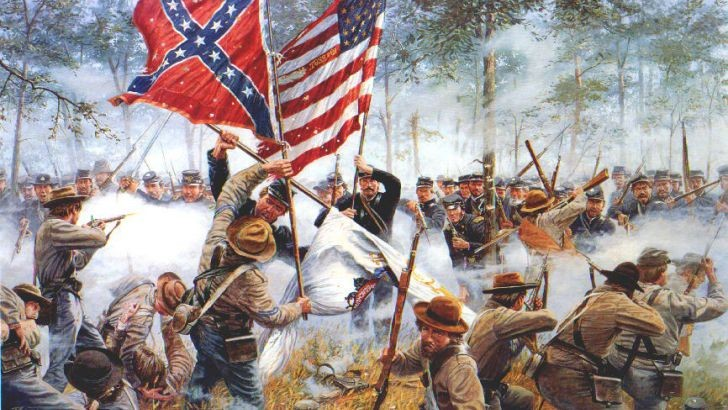
5 Days
3 Days
7 Days
1 Day
Ngo Dinh Diem, the US-backed leader of South Vietnam, began expelling what group of individuals from the country in 1955?
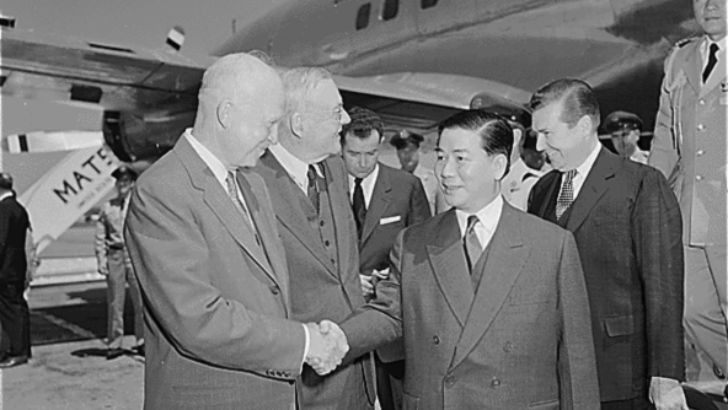
Anarchists
Philosophers
Communists
Europeans
The Mexican-American War substantially influenced the argument over the legitimacy of slavery and which states should allow it. What statute determined how the acquisitions in the Treaty of Guadalupe Hidalgo should be handled?
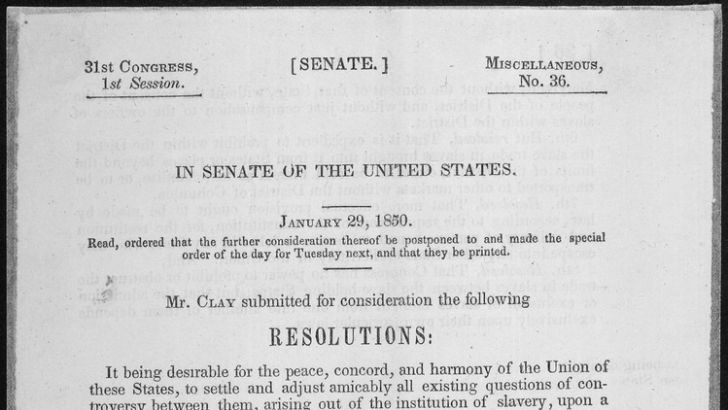
Missouri Compromise
Compromise of 1850
Dred Scott decision
Townshend Acts
The time following the Civil War was known as__________.
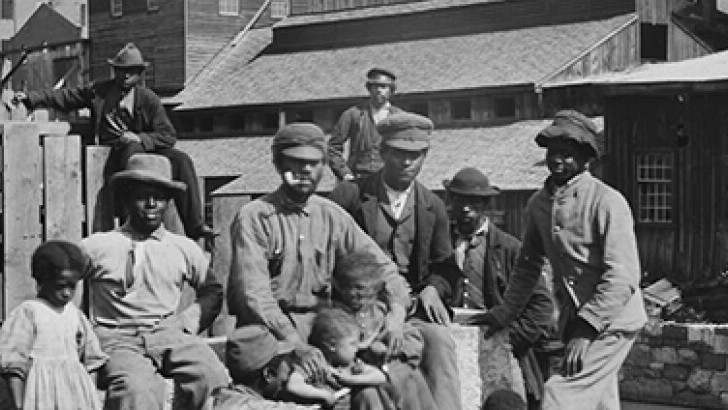
Rebuilding
Reconstruction
Rejuvenation
Referendum
At the end of WWI, what international organization was established?
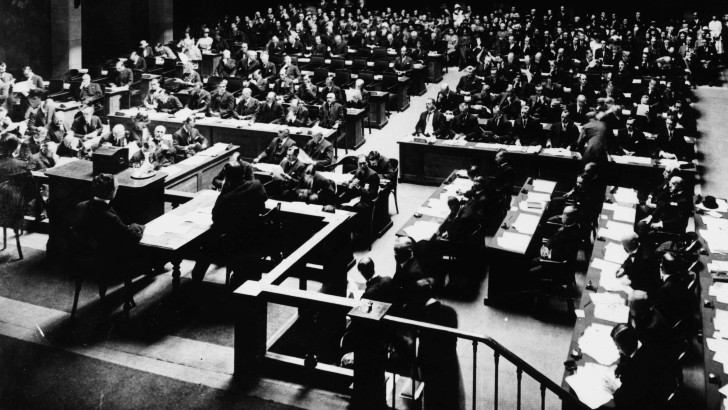
League of Nations
European Union
Coalition of Nations
United Nations
“We hold these truths to be self-evident, that all men are created equal…” When did the Declaration of Independence signed?
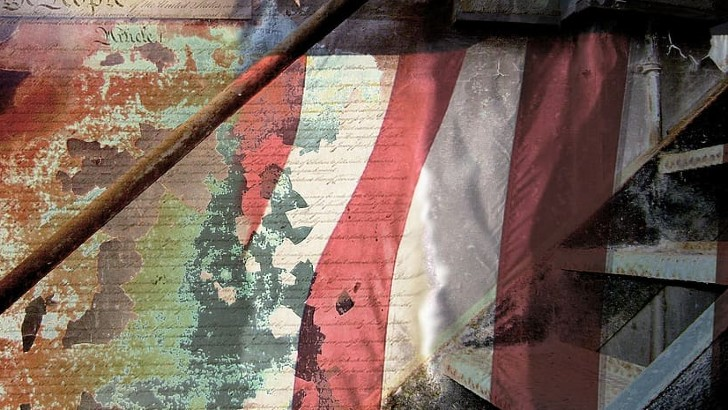
January 1, 2000
April 4, 1775
July 4, 1776
June 6, 1777
Which person was assassinated that started WWI?
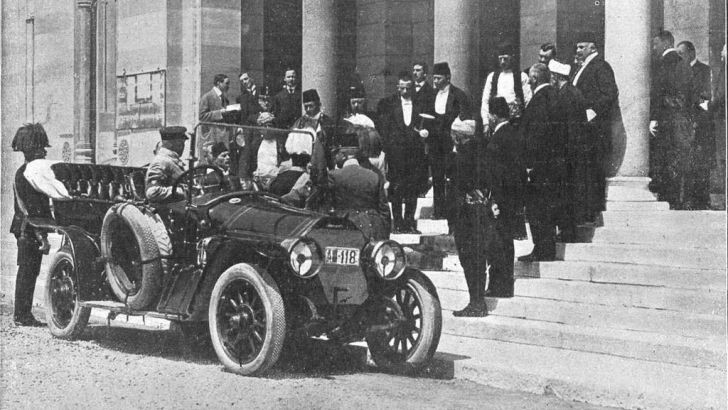
Winston Churchill
Czar Nicholas II
Archduke Franz Ferdinand
George Washington
There was a disparaging moniker for Northerners who went to the South during Reconstruction. What was it?
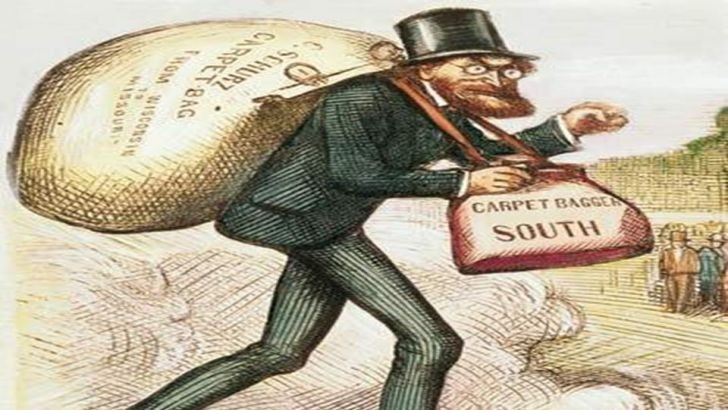
Johnny Rebs
Graytattlers
Sunday Soldiers
Carpetbaggers
What Revolutionary War health factor has been dubbed “one of Washington’s best decisions”?
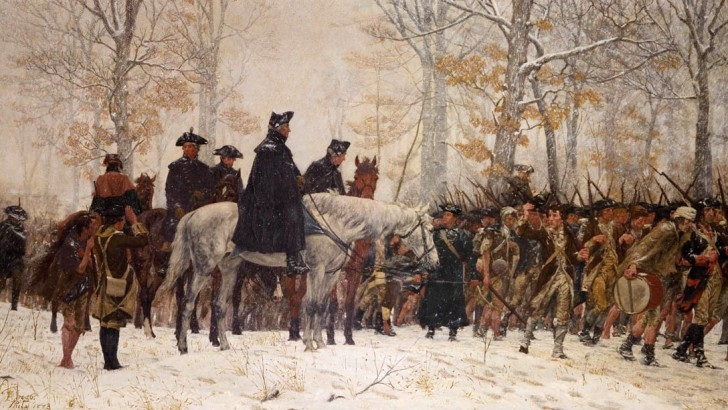
Smallpox inoculation
Polio Vaccine
Antibiotics
Malaria Cure
What was the codename for America’s covert endeavor to develop the atomic bomb?
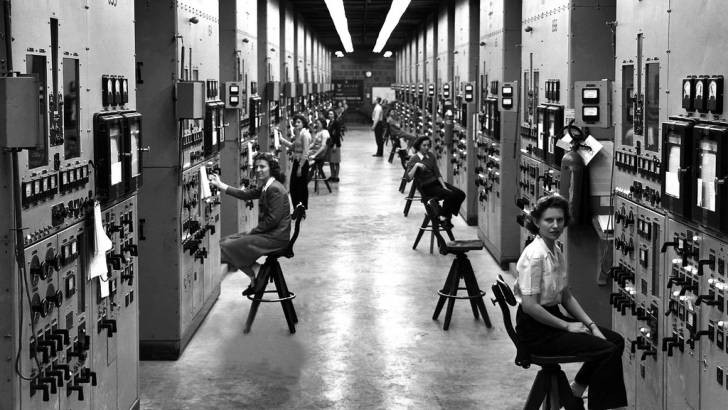
The Manhattan Project
Area 51
Operation Downfall
Gallipoli
Which of George Washington’s plantations was nearly destroyed by the British?
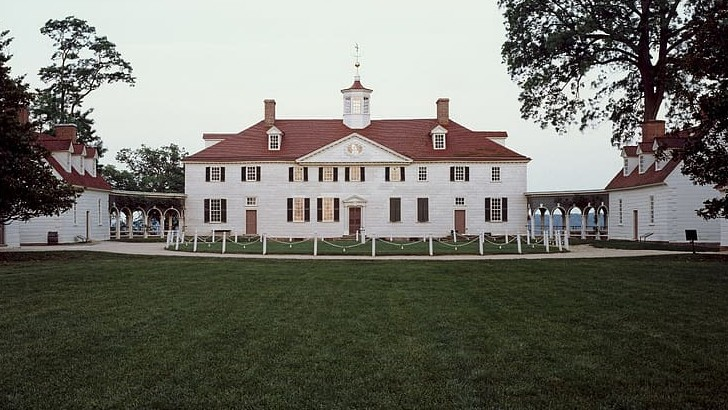
Graceland
Mount Vernon
Monticello
Whitney Plantation
Which of the thirteen colonies did not revolt against the British?
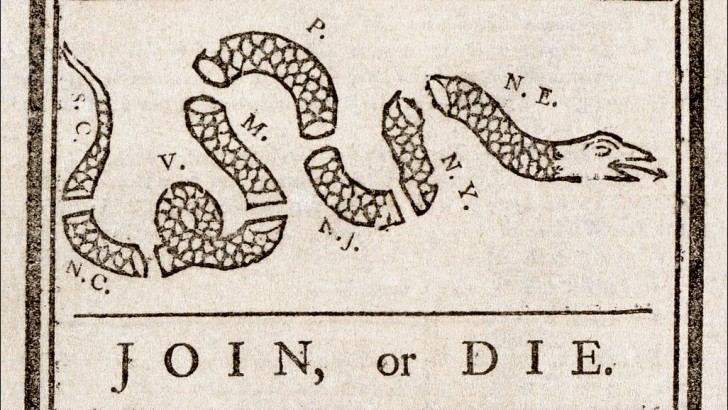
Rhode Island
Maine
Connecticut
Maryland
Which nation saw a communist revolution that toppled its ruler during WWI?
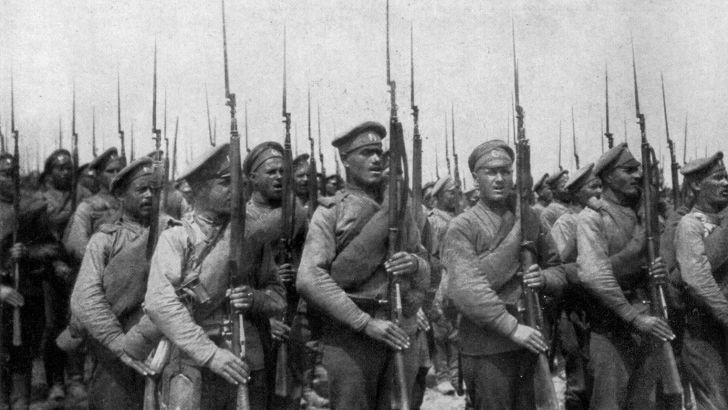
Great Britain
Russia
Germany
France
Which empire did not fall apart after WWI?
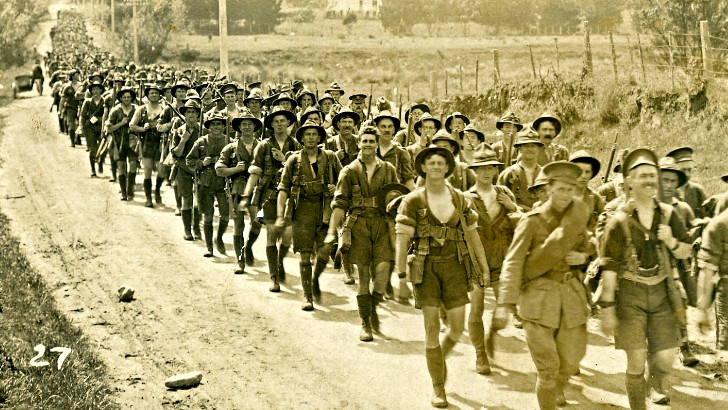
Germany
Austria-Hungary
British Empire
Ottoman Empire
Which state was the first to leave the Union?
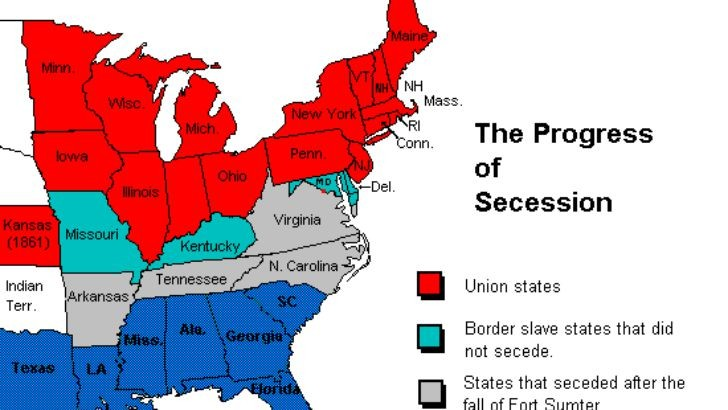
Virginia
South Carolina
Rhode Island
North Carolina
When the Civil War broke out, who was the President of the United States?
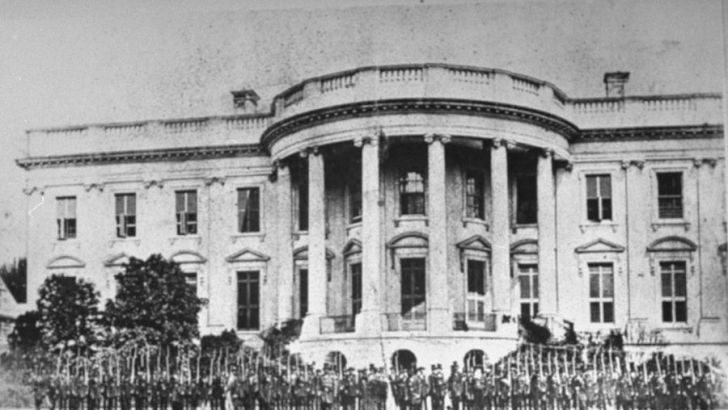
Abraham Lincoln
Benjamin Franklin
James Hetfield
Ulysses S. Grant
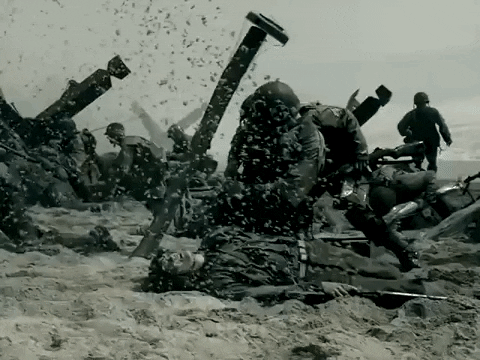
Fail. You know nothing about the war.
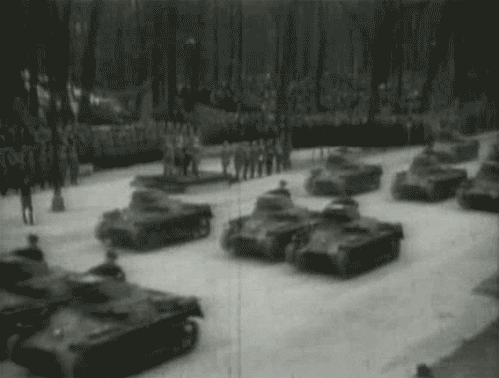
Great! But you can do better, right?
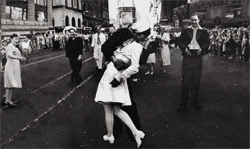
Congratulations! You know a lot about the war.
[giveaway id=12098]


